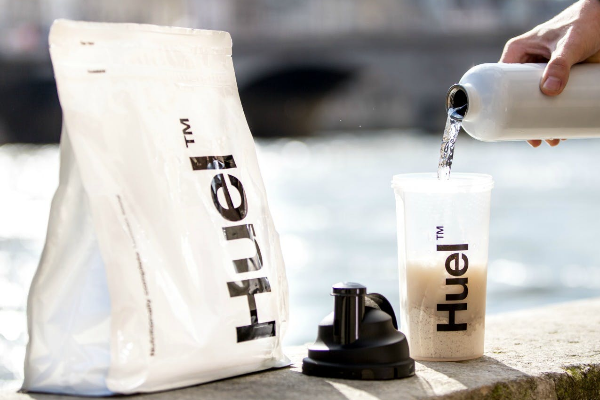The meal replacement drinks market has grown rapidly over the past year and is expected to grow at an average of 7.1% over the next 5 years. While Huel has to now been the UK’s ‘go to’ brand in the category, competition has arrived from across the pond.
Last week, a new competitor in the form of Soylent launched in the UK for the first time, off the back of rapid growth in the US and Canada. In a high growth, VC backed market the desire for growth and success over the competition is intense. However Huel’s strategic response offers some tips to other brands facing similar challenges.
Their first move was to plan ahead and diversify their range before a competitor arrived. Brands in this market act as ecosystems and so by building a broader range of products, consumers have more reasons to buy into Huel than Soylent.
This has also led to one of Huel’s more disruptive forms of innovation; gaining new consumers from more traditional markets. By launching both meal replacement bars and Granola, Huel have begun to disrupt the wider food landscape, and offer an easier road into the meal replacement market. These products are far more likely to gain new buyers by disrupting the mainstays of the healthy snacking market and offer a method of growing market share before Soylent are able to.
More immediately, Huel have concentrated on their brand of clear, simple, time efficient messaging to tackle the issue head on. A recent blog titled ‘comparison to Soylent’, provided consumers with a direct comparison on nutritional content, outlining exactly how their product is more nutritionally complete.
Huel’s measured response can teach any FMCG brand a lot about how to survive a change in competitive set. Understanding the why behind consumer’s perceptions of your product and the marketplace, building a diverse range that still links to a strong core proposition, and ensuring this is reflected across key claims are strong recommendations for any brand looking to maintain a competitive advantage when faced with the entrance of a disruptive challenger brand into your category.


